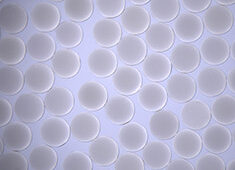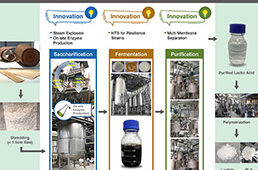 Smartphones and wearable devices are built with popular fitness tracking features, but a new invention from the University of Tokyo could make the future versions of these gadgets more durable and provide more accurate information.
Smartphones and wearable devices are built with popular fitness tracking features, but a new invention from the University of Tokyo could make the future versions of these gadgets more durable and provide more accurate information.
Scientists have created a type of durable, ultra-thin electronic skin (e-skin) that can be attached to any part of the body. The goal was to create a product that would be more flexible and reduce discomfort associated with traditional wearable technology, according to the university’s announcement.
A series of polymer light-emitting diodes (PLEDs) were embedded between the layers of the skin as part of the experiment.
Popular Science explained the researchers made a protective film to house the PLEDs. This material was built with a series of silicon oxynitrite and parylene layers, which shielded the PLEDs from elements like oxygen and water vapor and extended the device’s power output to seven days instead of a few hours.
Plus, the film was able to withstand hundreds of crumples emphasizing it would easily adapt to significant body movement during workouts or similar scenarios.
Another potential application for invention would be in a medical setting. The university’s press release states that the PLEDs reduced power consumption and heat generation would work well as pulse rate monitors or calculates blood oxygen concentration.
Researchers from the Ohio State University are working on a similar project that has potential medical applications too. They created electronic textiles that can transmit signals of one to five gigahertzes, which could be used for health monitoring in hospitals.
The University of Tokyo scientists published their work in the journal Science Advances.
R&D 100 AWARD ENTRIES NOW OPEN:
Establish your company as a technology leader! For more than 50 years, the R&D 100 Awards have showcased new products of technological significance. You can join this exclusive community! Learn more.




